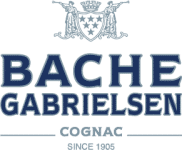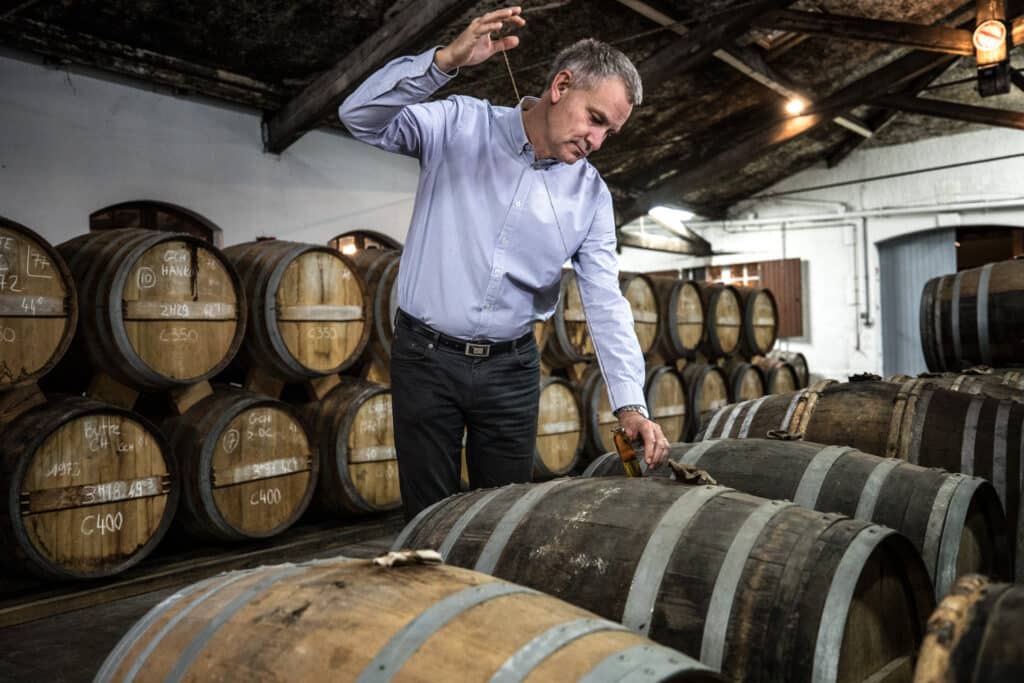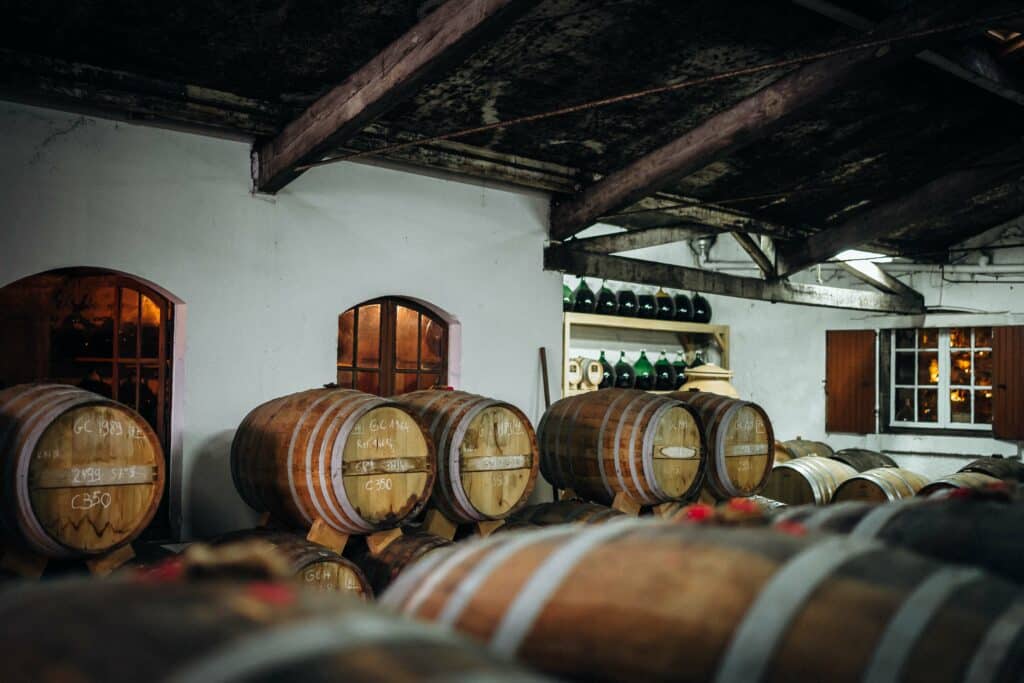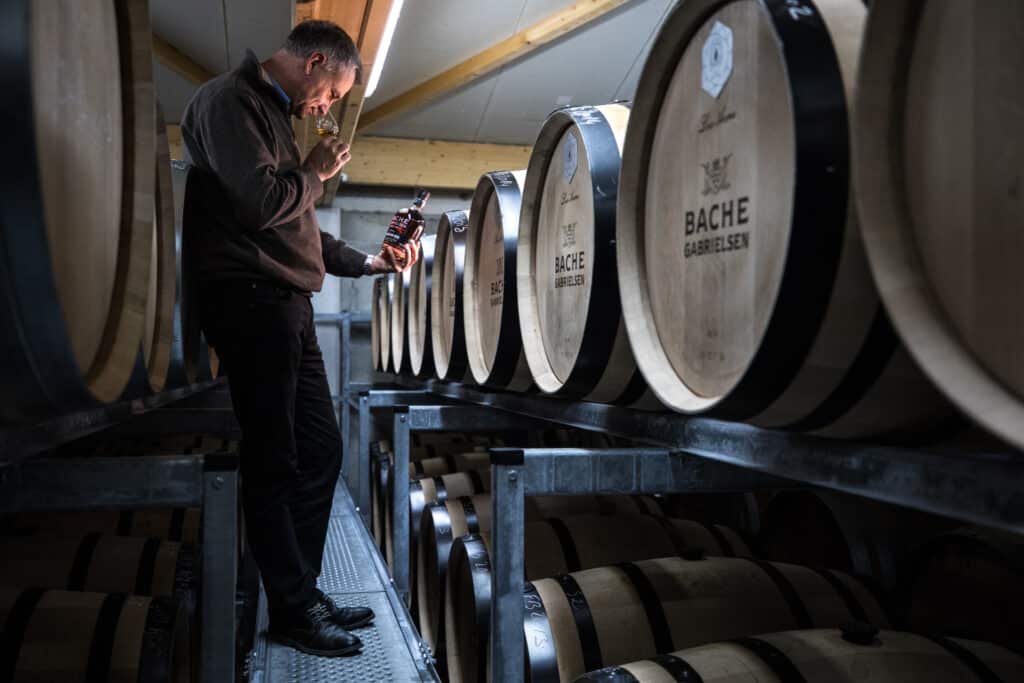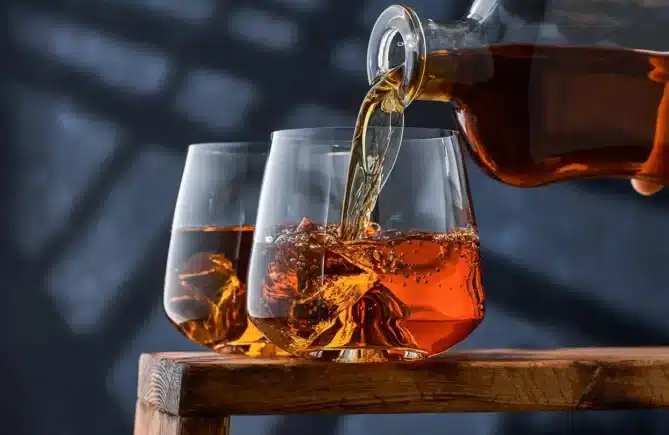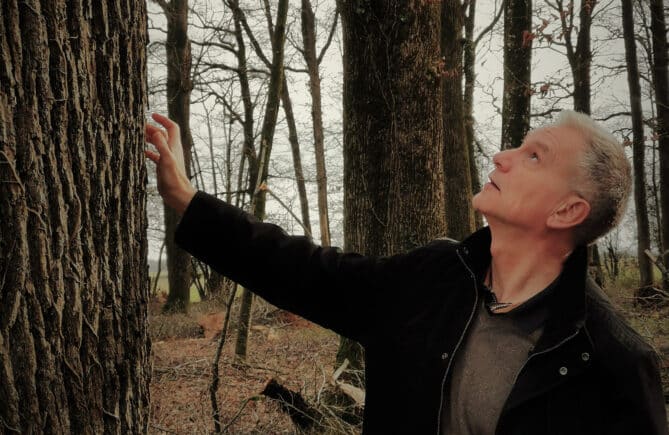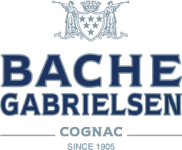Previous post
AGED 21 YEARS
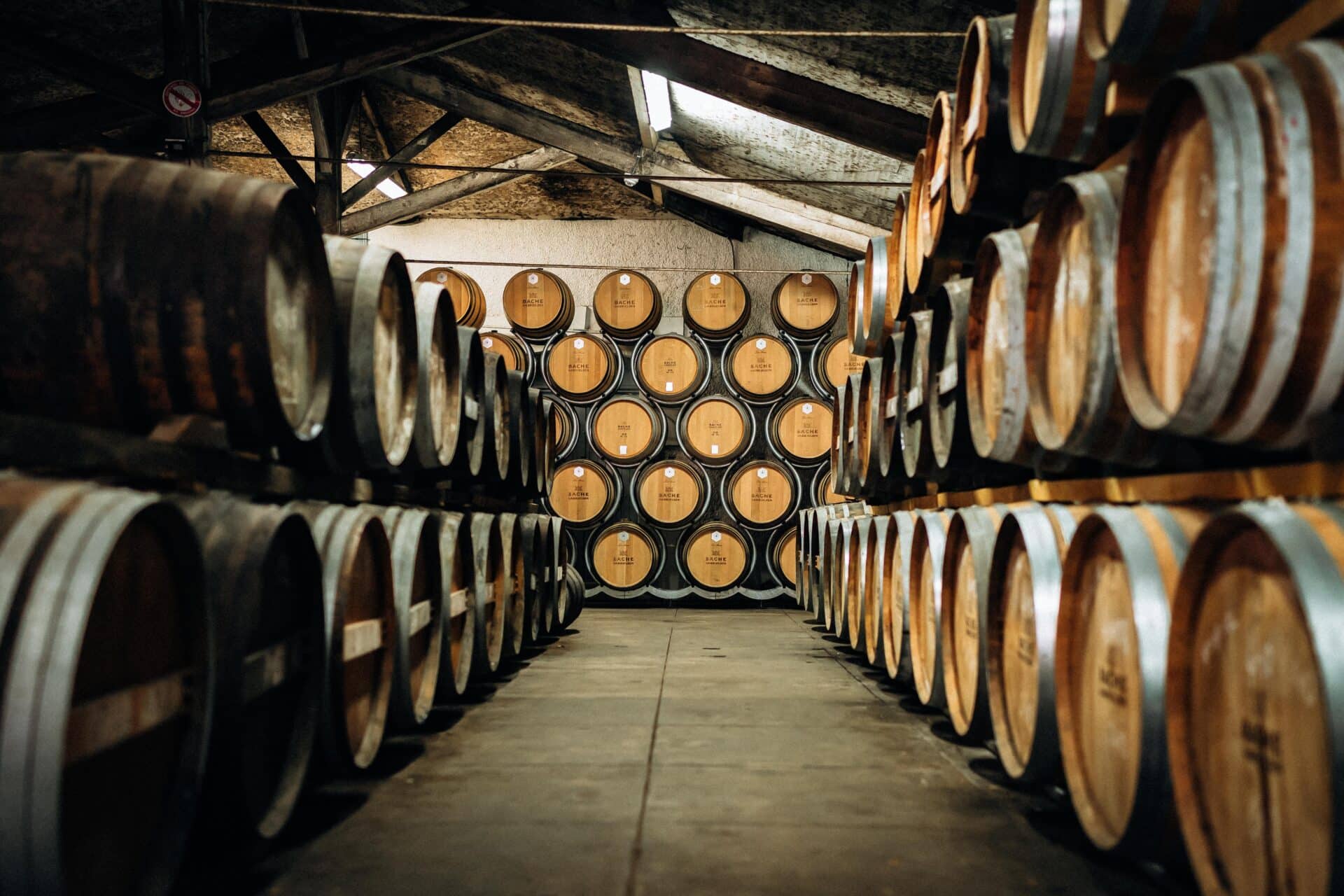
BACHE-GABRIELSEN
Pour accéder à ce site vous devez avoir atteint l'âge légal de consommation selon la législation en vigueur dans votre pays de résidence.
In order to offer you the best possible service, our site uses cookies. By continuing to browse the site, you declare that you accept their use.
